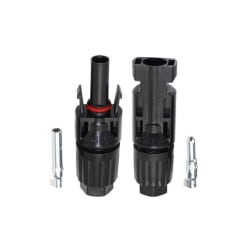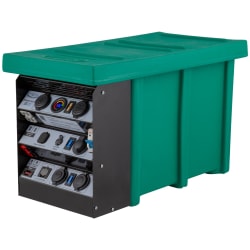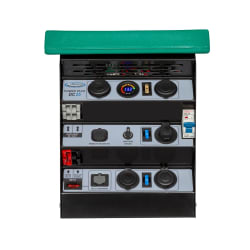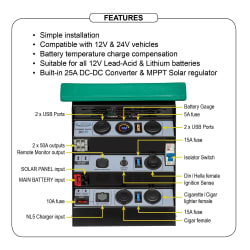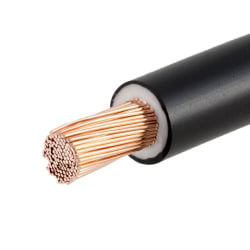How to watch TV during Load Shedding
Don't let load shedding stop you from enjoying your favorite TV shows or working on your computer with our helpful guide on how to setup your own power supply.Load shedding has seen us all stash drawers with flashlights, candles and solar gadgets. Better even, the rusted gas canister has made it’s way into the kitchen! But what about alternative energy solutions that actually power your TV, wifi or computer? We’ve got a solution!
1. Main power components

There are two essential components that you’ll need:
(A) The battery basically stores the power.
Why can’t I just use a battery on its own? Standard batteries can supply direct power to 12V appliances such as lights, cellphones, 12V fans and tablets but unfortunately most household TV’s require a 220V power supply and therefore the battery on its own is not sufficient. For this you need (B).
(B) The inverter serves as a connection between the battery and the TV and its purpose is to convert the battery’s 12V power to 220V power.
Important: During load shedding the TV must be plugged into the inverter and the battery and inverter needs to be switched on. A 100 Amp battery can run for up to 20 hours depending on the load it requires. Ensure that your battery is switched off and recharged after usage.
2. Battery Charging Options
It’s crucial that you keep the battery charged for the next time load shedding hits. There are 3 ways to charge your battery: Via mains, a vehicle or solar.
Charging via mains:
A smart battery charger (B) is connected to an electric plug (A) and charges the battery (C) while the power is still on. Standard 110Amp/hr batteries take around 26 hours to charge from empty to 80% full using a CTEK MXS5 Battery charger.
Charging via vehicle:
The battery (A) is placed into a battery box (B) and connected to the vehicle’s alternator (C).
The battery charges while you drive. During load shedding the battery inside the battery box is removed from the vehicle, connected to the inverter & to the appliances and switched on.
Charging via solar:
The Solar Panel (A) is placed in direct sunlight and connected to a Solar Controller (B) which regulates the rate of current between the solar panel and the battery (C).
3. Using a generator
Another solution would be to use a generator to keep major appliances going during load shedding. This is the easiest way to generate power as it requires the least amount of steps and connections.
5.7 litres of unleaded petrol is inserted into the generator’s fuel valve and this will generate power for around 4.6 hours.
We use the Ryobi 2100W Inverter Suitcase Generator
- This portable inverter generator has overload protection that protects the generator and your digital equipment.
- It has a 4-stroke, air-cooled, SOHC Engine and comes with a 2 year guarantee.
Interested in applying these alternative power options at home? Visit any of our Outdoor Warehouse stores and the knowledgeable staff will assist you in finding the best options for your unique needs.



